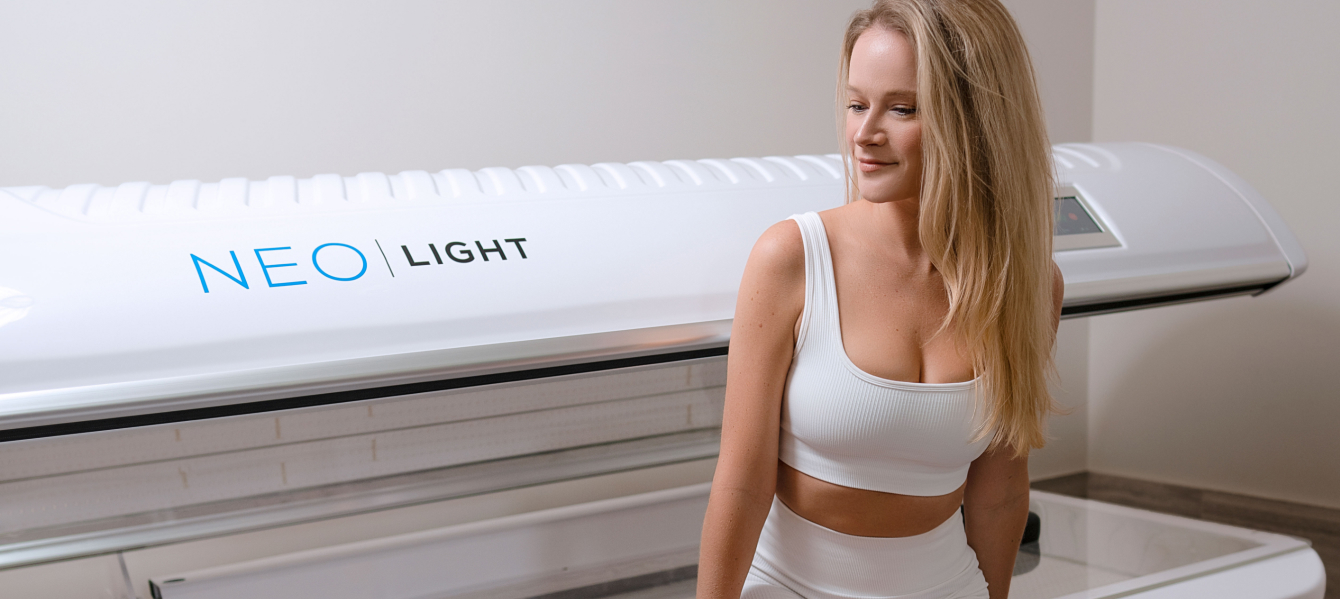Photobiomodulation vs. Infrared Saunas: Harnessing Light for Cellular Health vs. Thermal Detox

Photobiomodulation vs. Infrared Saunas: Harnessing Light for Cellular Health vs. Thermal Detox
Infrared light in photobiomodulation (PBM) and infrared saunas are both used for health and wellness, but they operate through different mechanisms and have distinct effects on the body. Here’s a breakdown of the key differences, mainly focusing on light sequences, their effects, and the roles of mitochondria versus heat and sweating:
Photobiomodulation (PBM)
Mechanism:
Light Sequences:
PBM uses specific wavelengths of light, typically in the red (600–700 nm) and near-infrared (700–1000 nm) ranges. These light sequences are often pulsed at specific frequencies to optimize cellular effects.
Mitochondrial Activation:
PBM directly targets cells, specifically the mitochondria, which are the cell’s powerhouses. The light energy is absorbed by chromophores like cytochrome c oxidase, enhancing the production of adenosine triphosphate (ATP).
Effects:
The increased ATP production boosts cellular energy, improving cell function, repair, and regeneration. This can result in reduced inflammation, accelerated wound healing, enhanced tissue repair, and improved overall cellular health.
Applications:
PBM is used to reduce pain and inflammation, enhance recovery from injury, improve skin health, and support cognitive function, among other applications.
Infrared Sauna
Mechanism:
Heat and Sweating:
Infrared saunas use far-infrared wavelengths (3000–100,000 nm) to penetrate the skin and heat the body directly. This is different from traditional saunas, which heat the air around you.
Thermal Effects:
The primary effect is the generation of heat within the body, leading to increased core temperature and subsequent sweating.
Effects:
Detoxification:
Sweating helps eliminate toxins and impurities from the body.
Relaxation and Circulation:
The heat promotes relaxation, improves circulation, and can aid muscle recovery.
Metabolic Effects:
Increased heart rate and metabolism can aid weight management and cardiovascular health.
Applications:
– Infrared saunas are used for relaxation, detoxification, pain relief, improved circulation, and enhanced recovery.

Light Sequences:
| PBM | Infrared Sauna |
|---|---|
| Uses targeted light sequences with specific wavelengths and frequencies to stimulate cellular processes without generating heat. | Primarily uses far-infrared light to create heat, focusing on thermal effects rather than direct cellular stimulation. |
Mitochondrial vs. Thermal Effects:
| PBM | Infrared Sauna |
|---|---|
| Directly stimulates mitochondria, enhancing cellular energy and function without significant heat production. | Relies on thermal effects to induce sweating and detoxification without specifically targeting mitochondria. |
Therapeutic Goals:
| PBM | Infrared Sauna |
|---|---|
| Focuses on cellular health, repair, and regeneration through direct mitochondrial stimulation. | Aims to improve cardiovascular health, detoxify the body, and promote relaxation through heat. In summary, while PBM and infrared saunas utilize infrared light, they have different mechanisms and therapeutic effects. PBM focuses more on enhancing cellular function through light sequences targeting mitochondria, whereas infrared saunas emphasize heat-induced benefits like detoxification and relaxation. |




